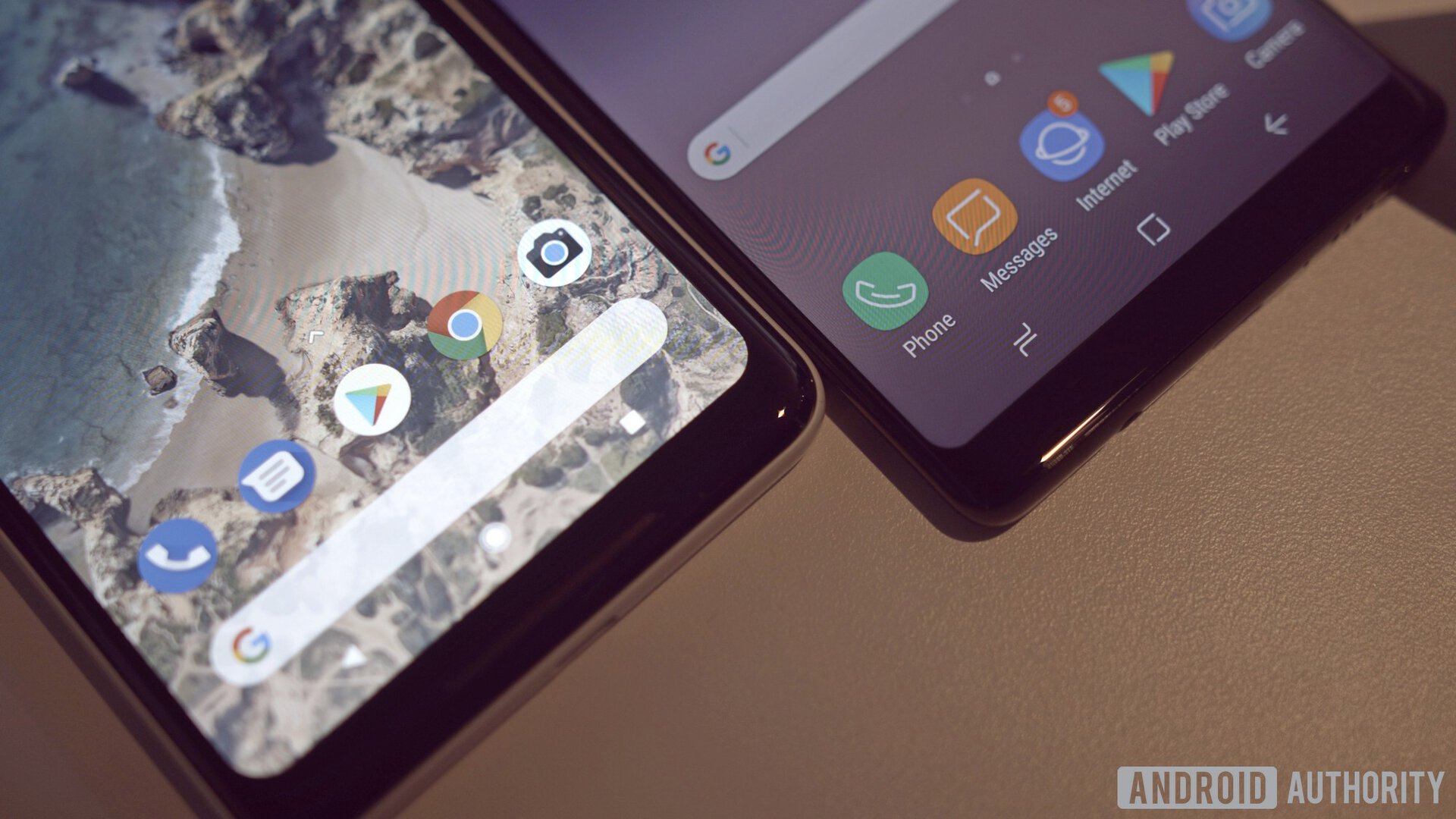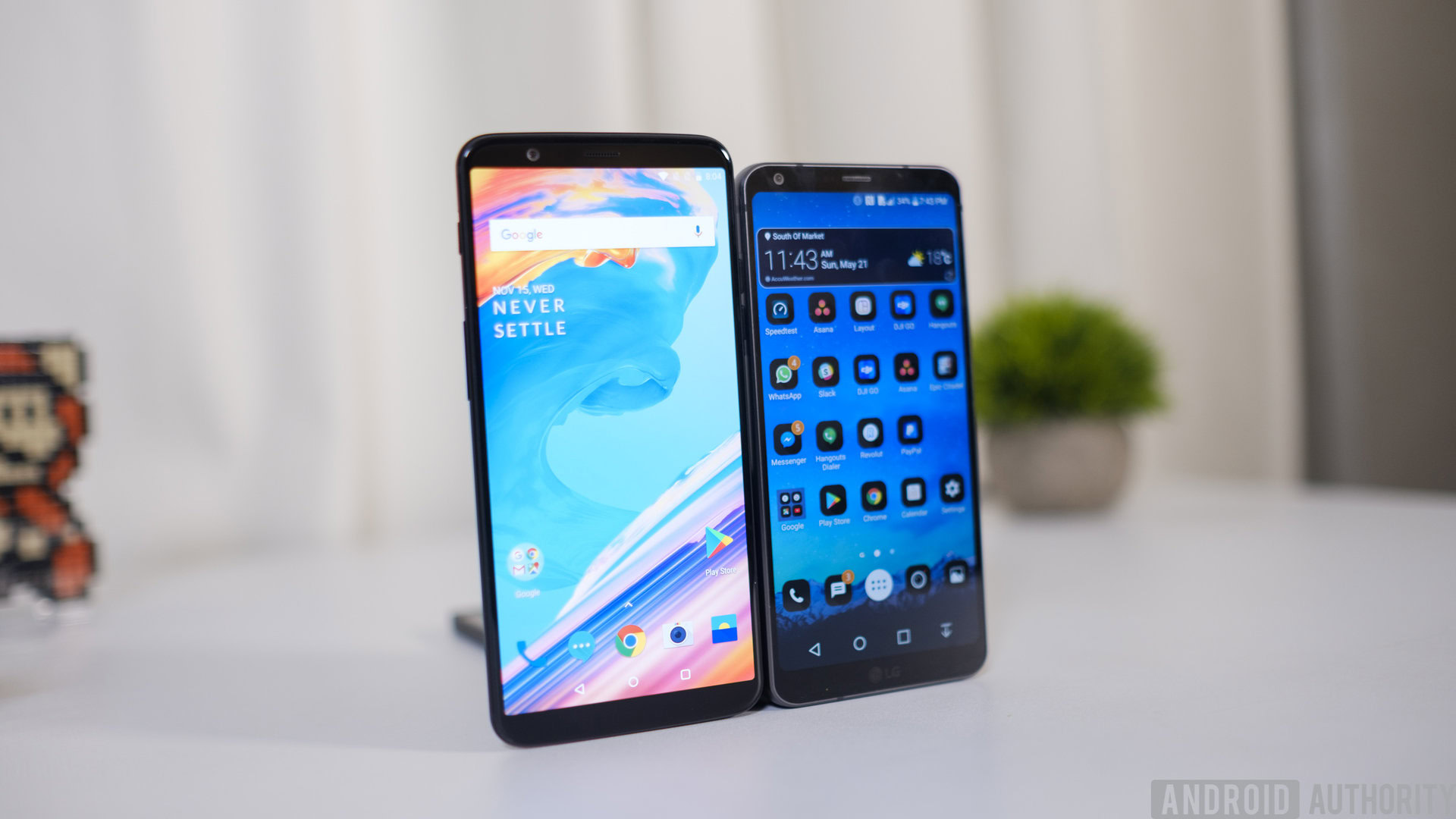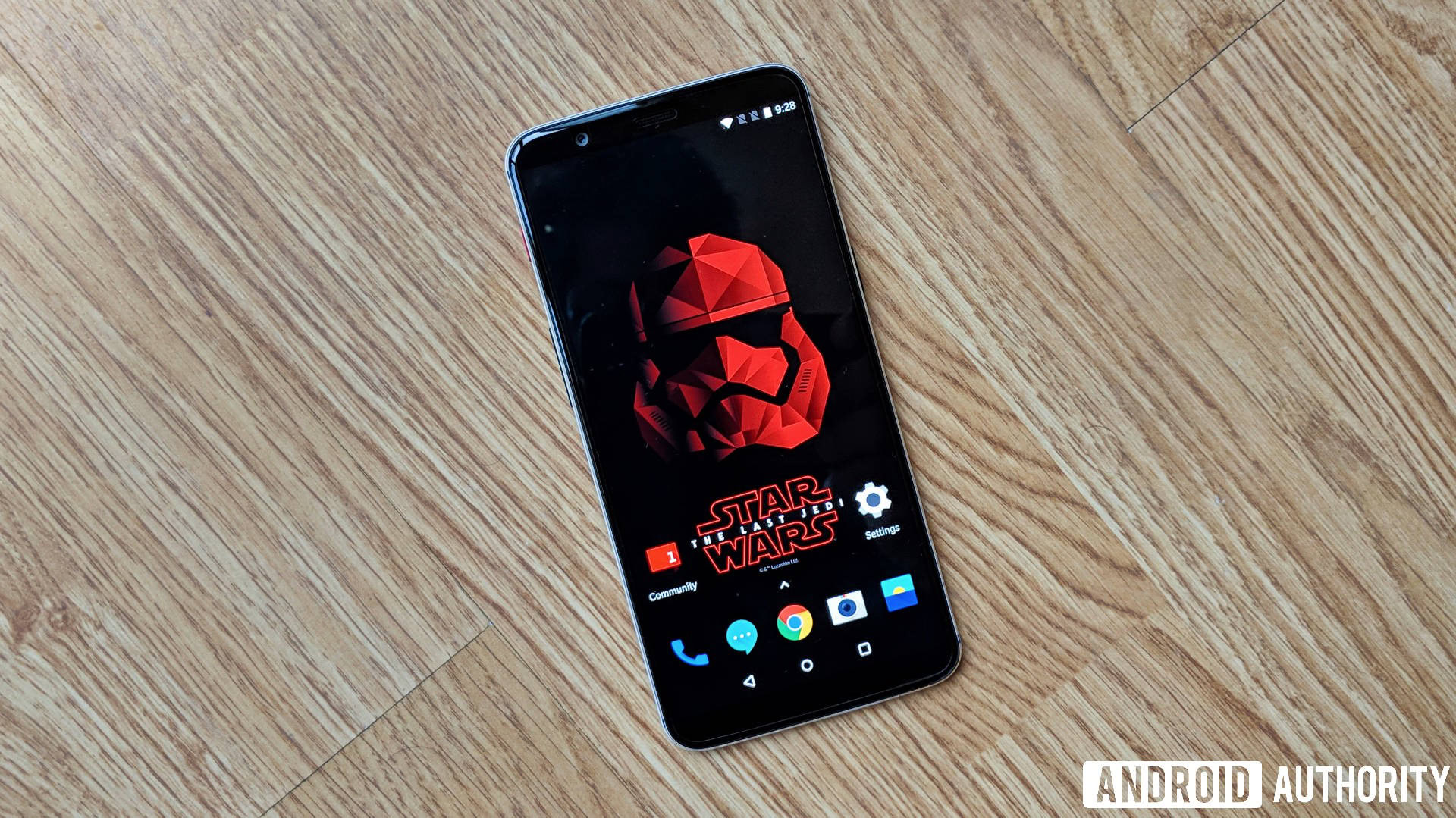Affiliate links on Android Authority may earn us a commission. Learn more.
Do we need to define "bezel-less"?

2017 is coming to a close and there’s something that’s been on my mind, basically since March. No one has addressed it yet, which is a bit of a shame. It’s this myth we call “bezel-less” phones. It’s not really a thing yet, despite what those in the industry say.
It started back when we were introduced to the LG G6 and the Samsung Galaxy S8. Suddenly, we were talking about bezel-less phones, as if these devices were nothing more than glass slabs. It wasn’t the case then, nor was it with the slew of phones that followed. All of these phones have bezels. They’re minimal, to be sure, but they’re there. The G6 and the S8 also both introduced the 18:9 aspect ratio. The two features have become linked, but they’re not synonymous. The new aspect ratio has it’s own merits, like making the screen narrower and allowing for easier one-handed accessibility, without compromising screen space. A decreasing bezel coincided with 18:9, but the one doesn’t have to include the other.
Lacks definition

Most of the time, the bezels appear on the top and bottom of the devices. They are certainly smaller than in previous generation of phones, but they’re not gone. Even the Xiaomi Mi Mix 2 have a large “chin” bezel on the bottom. The Essential phone has the same thing. The chin is a little off-putting if I’m being completely honest.
I’m not here to wag my finger at anyone. I’m just wondering if it’s time we actually define what “bezel-less” means in the industry. Every phone has bezels. The Essential phone has an 84.9 percent screen to body ratio. That’s lower than I expected, but when you go down the roster of minimal-bezel phones, you see similar numbers.
Essential phone – 84.9%
Samsung Galaxy S8 Plus – 84%
Samsung Galaxy S8 – 83.6%
Samsung Galaxy Note 8 – 83.2%
iPhone X – 82.9%
LG V30 – 81.2%
Xiaomi Mi Mix 2 – 80.8%
The phones and numbers keep going, but they all have bezels around the body. Just under ⅕ of the phone is bezel. That’s not a lot, but it’s not bezel-less either.
Where do we draw the line?

What about notches and unibrows? Do the Essential phone and iPhone X even count as bezel-less since they are cheating a bit? This isn’t a condemnation or anything, but it could be seen as a blight on an otherwise bezel-less phone. But even with notches and chins, these phones fail to crack the 90% threshold. Rumor has it the Samsung Galaxy S9 might just hit that mark.
If history (read: 2017) has shown us anything, it’s that bezels will continue to shrink. At the beginning of this year, LG amazed us with its 78.6% screen to body ratio. Nine months later, and we’re already talking about 90%. Are we throwing around the “bezel-less” term too loosely, compared to what 2018, 2019, or even 2020 could bring? Do we need to eliminate the bezel entirely? It’s a fair question. Are we allowed to call a phone “bezel-less” only when it doesn’t actually have a bezel? That’s a reasonable option. The working definition will almost certainly evolve over time.
What do you think? At what point is ok to call a phone “bezel-less”? Sound off in our user poll below.